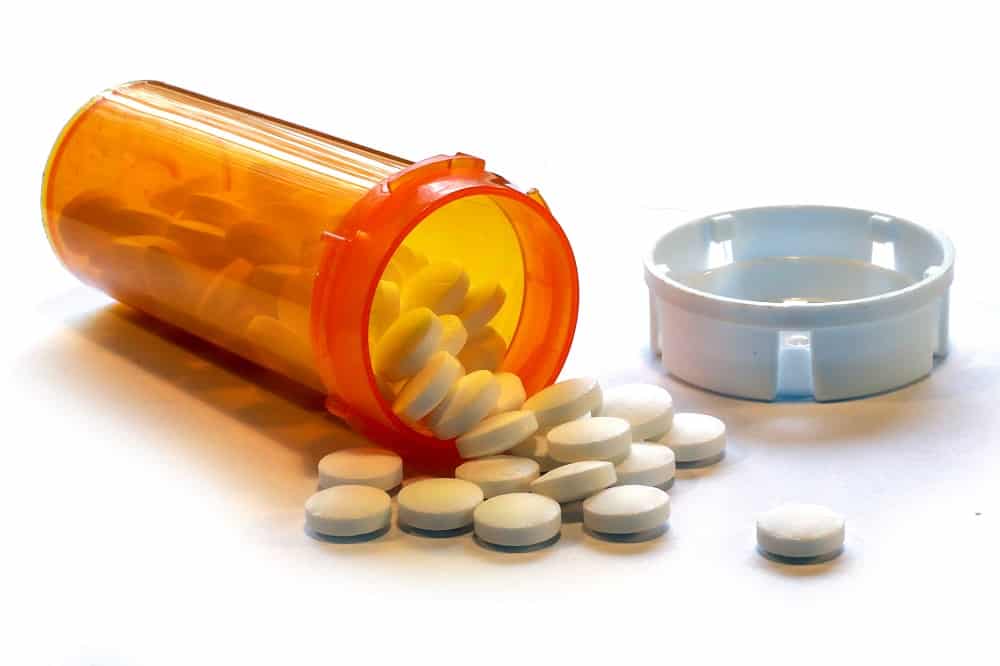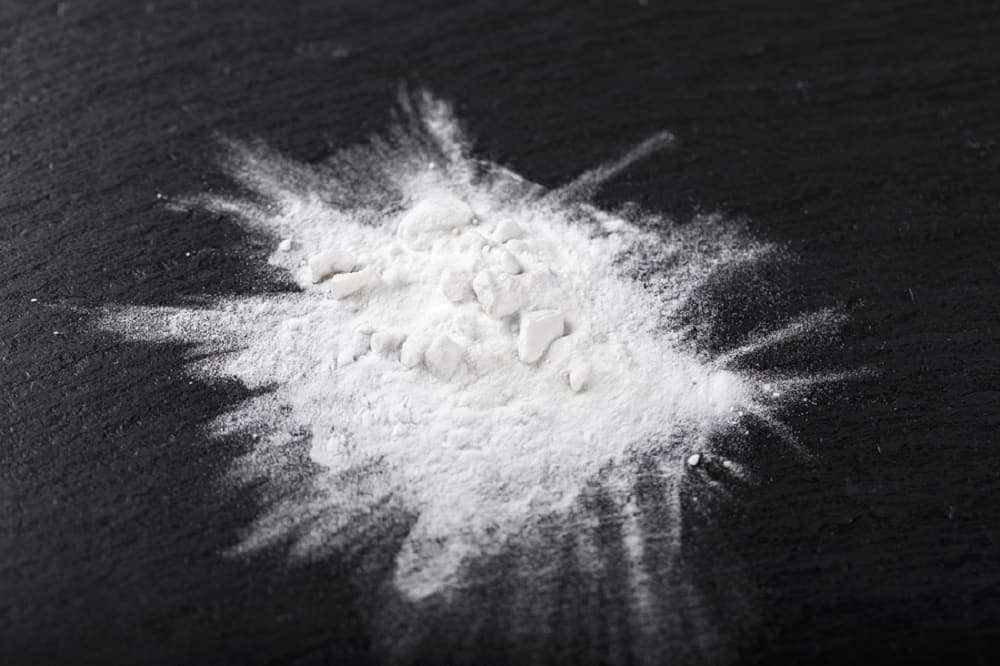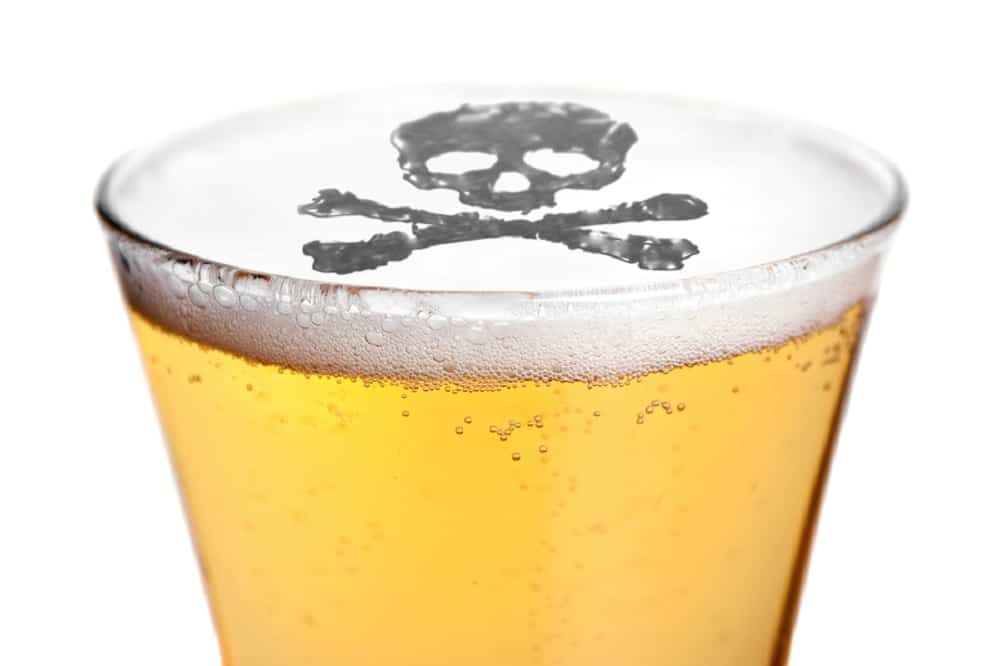The fight against drug abuse and addiction is almost like a battle against both the mythical Chimera and the Hydra of ancient Greek mythology. There are so many different kinds of drugs – stimulants, opioids, depressants, hallucinogens, synthetic – that it seems like every time one type is successfully addressed, two more spring into existence. For most people, it can be hard to keep up. To that end, here is a shortlist of the most-addictive – and therefore, most DANGEROUS – drugs out there:
“Get your loved one the help they need. Our substance use disorder program accepts many health insurance plans, this is our residential program.”
First Things First – How Addiction Works
Most drugs are addictive because they cause changes within the areas of the brain responsible for rewarding and reinforcing the behavior. In essence, substance abuse “trains” the brain to expect and reward the use of the drug. But over time, the brain of a substance abuser loses the ability to release pleasure-causing neurotransmitters naturally. This means that the addict is unable to feel pleasure – or even feel normal – without the presence of the drug. To compensate, the person is compelled by their brain to compulsively seek out and use the drug. When they are unable to, the person will experience harshly-unpleasant – and sometimes fatal – symptoms of withdrawal.
Benzodiazepines – A New Discovery Suggests Addiction Mechanism
Benzodiazepine times are a class of prescription tranquilizer drugs typically dispensed for anxiety, panic disorder, insomnia, or Alcohol Use Disorder (AUD). Common brands include:
- Alprazolam (Xanax)
- Chlordiazepoxide (Librium)
- Clonazepam (Klonopin)
- Diazepam (Valium)
- Lorazepam (Ativan)
- Oxazepam (Seresta)
- Temazepam (Restoril)
Benzodiazepines are generally safe over the short-term, but they are typically prescribed much longer and more often than recommended. Within the last 20 years, the number of US adults who were given benzodiazepines group from just over 8 Million patients to almost 14 Million, and the amount of medication distributed increased threefold. Most substances of abuse are addictive because they trigger surges of dopamine in the brain’s reward areas, “training” the individual to continue the behavior – using that specific substance. During benzodiazepine use, however, this is not what happens. The University of Geneva conducted a study in 2012 and discovered that benzodiazepines “calm” the inhibitory neurons that are responsible for preventing excess dopamine production Dr. Roger Sorensen, of the National Institute on Drug Abuse’s Functional Neuroscience Research Branch, reported: “This is the first demonstration that acute benzodiazepine use can increase dopamine release, supporting its addictive potential.”
“We treat both addiction and co-occurring disorders and accept many health insurance plans. Take a look at our inpatient program.”
Prescription Opioids Painkillers – A National Epidemic
Prescription pain medications include oxycodone, hydrocodone, and codeine. Currently, there are almost TWO MILLION Americans who meet the criteria for a substance abuse disorder involving prescription opioids. Most of these people started out with legitimate prescriptions for a long time, or chronic, pain. The problem is, these highly-addictive drugs should only be prescribed for short-term, or acute, pain. Some opioids create over 100 times more endorphins-natural painkillers-than the body would produce naturally. The natural production of endorphins stops very quickly when opioids are consumed. So whenever the abuser is NOT under the influence of the opioid, they quickly start to feel absolutely miserable. Nothing they can do can compensate for the loss of endorphins. Their only relief is more of the drug.
Methamphetamines – Making a Comeback
Crystal meth – so labeled because of the crystalline structure of the drug – is a stimulant that creates an extremely powerful and intense euphoric high upon first use. These first pleasurable, positive sensations associated with the use of meth become hard-wired within the person’s memory. From that point on, the person will be chasing the first sensation, hoping to replicate the experience. But over time and with repeated use, that person will develop a “tolerance” – they will need greater and greater amounts of the drug, just to achieve anywhere close to the same effect.
Cocaine – Causes a Permanent Imprint
A new study conducted by Scientists at Wake Forest Baptist Medical Center has discovered that the use of cocaine – another stimulant – can leave a long-lasting imprint upon the user’s dopamine system, and that imprint is reactivated whenever they are once again exposed to cocaine. In essence, a cocaine abuser “primes” their brain to want more cocaine, and this priming may, in fact, be permanent. The researchers discovered that re-exposure to cocaine, even after long periods of abstinence, can “reset” the person’s dopamine system and their tolerance to the drug, thereby increasing the likelihood that they will begin binge use again.
“We accept many health insurance plans. Get your life back in order, take a look at our residential program.”
Heroin – Enjoying a Frightening Resurgence
According to the American Society of Addiction Medicine, there are almost 600,000 heroin abusers right now in the United States. Roughly 1 out of 4 people try heroin will eventually become addicted. The main ingredient in heroin is morphine, which is structurally similar to the body’s “feel-good” neurotransmitters, endorphins. This isn’t that surprising, because endorphins are the body’s response to pain and stress – they are natural painkillers. When the morphine present in heroin enters the brain of the abuser, it mimics the actions of endorphins – locking onto opioid receptors and producing pain relief and euphoria. Here’s the problem – the rest of the person receives from heroin cannot be reproduced naturally. The only way to experience that euphoric sensation is by using the drug again.
Alcohol – the World’s Most Dangerous Drug
Because of the widespread damage it does – to the individual, to those closest to them, and to the rest of society – several studies have concluded that alcohol is the world’s most dangerous drug. According to the World Health Organization, more than THREE MILLION people die across the globe every year because of the harmful use of alcohol – almost 6% of all worldwide deaths. To put that number into a more frightening perspective – alcohol causes a death every 10 seconds. In terms of sheer numbers, alcohol is the most used and abused drug in America. According to the 2014 National Survey on Drug Use and Health, an estimated 140 million Americans are current drinkers. The National Institute on Alcohol Abuse and Alcoholism puts the number of people in the US who have an Alcohol Use Disorder right at 17 million. Alcohol is so widely abused because it is so easy to obtain. It is legal for anyone age 21 or older, and even adolescents can easily obtain alcohol – usually, from their own family or friends. Alcohol is also part of the American culture and plays a prominent role in many social customs – meeting date for drinks, wine with dinner, champagne at celebrations, beer at ball games, and so on. Other potential substances of abuse don’t enjoy such prominence. Because of these factors, it is all-too-easy for a person to develop a dependence upon, and then, an addiction to alcohol, all while staying largely in plain sight. Often, what started out as a pleasurable way to relax and have fun slowly turned into a problem. Because alcohol IS like other drugs – repeated use, especially HEAVY use – can result in physical and chemical changes within the drinker’s brain that can lead to tolerance, dependence, and addiction.
What Does All This Mean?
All drugs have the potential for abuse and addiction. This is why ANY experimentation or “recreational” use can be dangerous because that can be a rapid, slippery slope down a treacherous path to full-blown addiction. All of this information also goes to show that addiction can happen to ANYONE – a friend, a family member, or even YOU.



